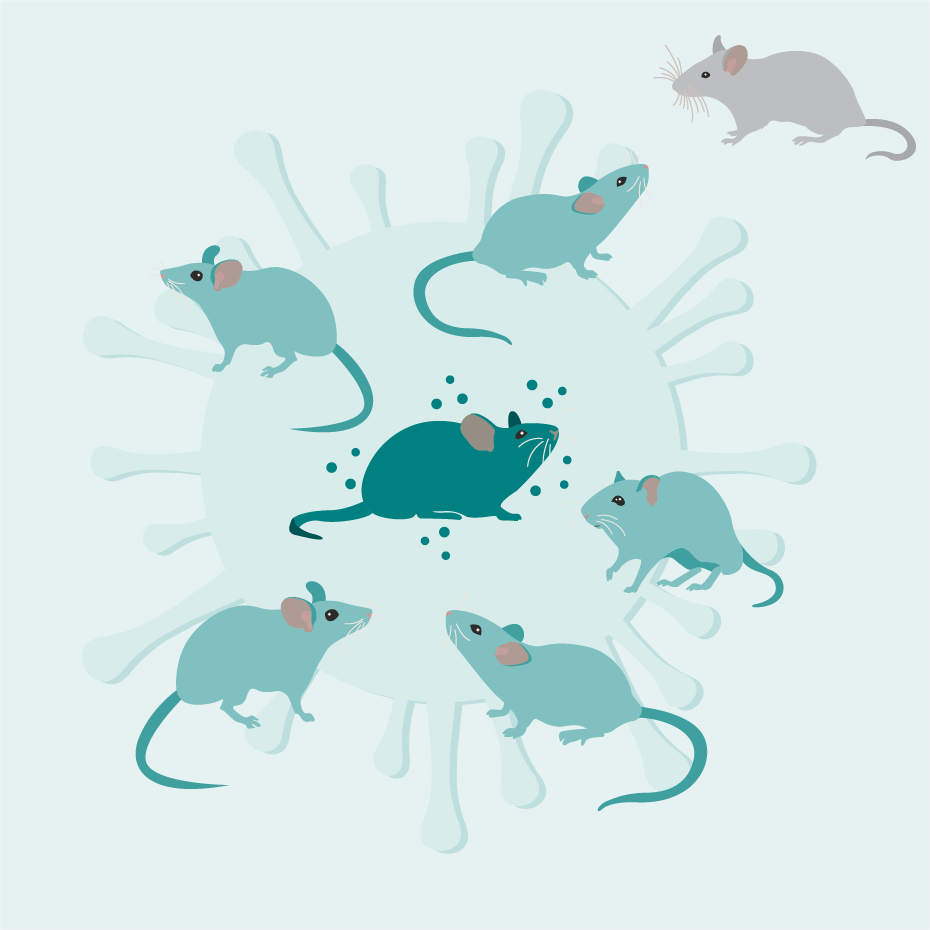
U of I Transmissible Vaccine Research Published in SCIENCE
University of Idaho researcher Scott Nuismer (Biological Sciences) published in the leading peer-reviewed research journal, SCIENCE. "Developing Transmissible Vaccines for Animal Infectious Diseases" was co-authored by fellow U of I researchers James Bull (Biological Sciences), Chris Remien (Mathematics and Statistical Sciences) and Courtney Schreiner (M.S. ’22, Bioinformatics and Computational Biology). This paper emerged from a collaborative workshop organized by Nuismer and his collaborator Daniel Streicker from the University of Glasgow. Funded by a grant from the National Science Foundation's Division of Environmental Biology (DEB) Core (Grant No. 2216790), this workshop convened virologists, immunologists, mathematicians, ecologists, evolutionary biologists and sociologists to develop recommendations for the safe and effective development of transmissible vaccines.

Graduate Student Internships in AI and Data Science
The Institute for Interdisciplinary Data Sciences (IIDS) at the University of Idaho is offering an exciting opportunity for up to two graduate students to participate in internships during the 2024-2025 academic year. These internships are supported by the Office of Research and Economic Development (ORED) and aim to engage students in the application of Artificial Intelligence (AI) and Data Science to enhance the university’s strategic planning and administrative operations.

Genomic Surveillance Provides Key Evidence Regarding COVID-19 Transmission Dynamics
Retrospective genomic surveillance of covid-positive patient samples taken early in the SARS-CoV-2 pandemic provides evidence that University of Idaho's covid-testing program, along with other mitigation measures, were effective at reducing viral spread across the university’s Moscow campus. Understanding transmission dynamics of viruses like SARS-CoV-2 at universities is crucial because these settings have potential for rapid viral spread due to a young adult population predisposed to low disease severity.